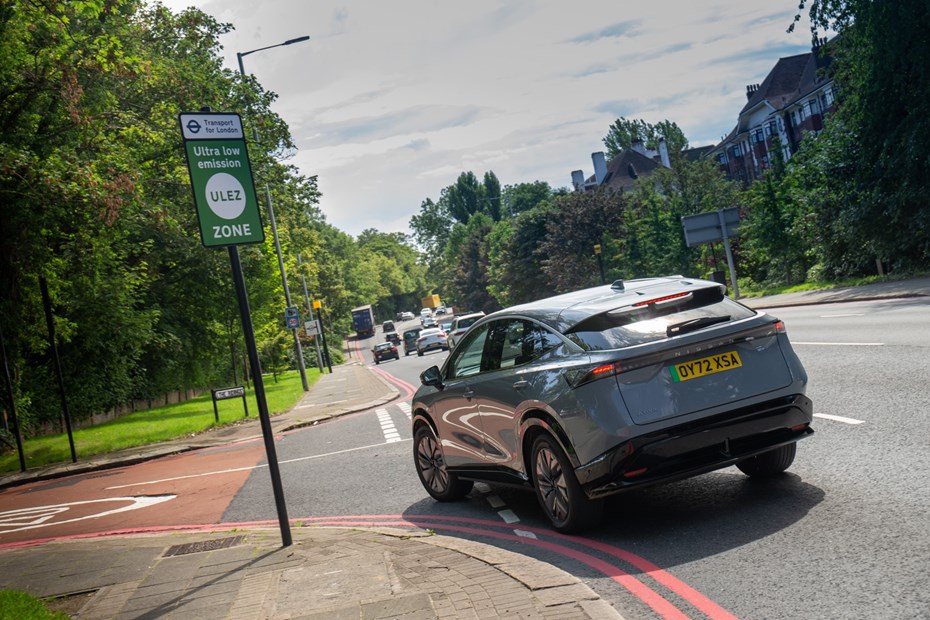Every electric car and all hybrids – including mild hybrids – have a system called regenerative braking. It’s a key part of those cars’ energy efficiency as it recharges the battery when slowing down. It can also have the effect of amplifying the car’s braking force.
In this guide, we’re going to explain everything you need to know about regenerative braking including why electric and hybrid cars have it, what it feels like to use, and how to maximise your use of it.
How does regenerative braking work?
As a car drives along, it has a lot of kinetic energy. When the car slows down, that energy is wasted. If you just lift off the throttle, the energy simply dissipates. If you press the brakes, the energy is turned into friction that slows the car down, and a lot of heat.
That waste doesn’t sit well with electric and hybrid cars, which are all about efficiency. And that’s where regenerative – or regen – braking comes in.
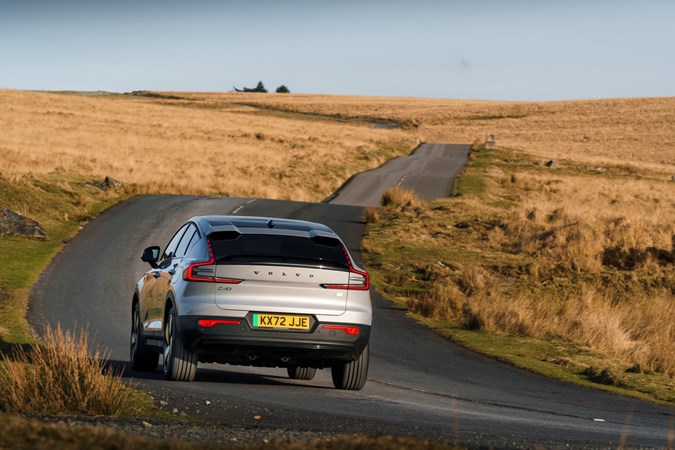
It’s actually quite a simple system. When you press the brake pedal, or even just lift off the throttle, the car’s electric motor becomes a generator. It spins in reverse, producing electricity that’s fed back into the ‘traction’ battery – that’s the one that powers the electric motor.
Thus, energy that would normally be wasted is put to work eking out a bit more range from an electric or hybrid car’s battery and improving its efficiency.
How much electricity does regenerative braking generate?
Each time an electric or hybrid car’s regen braking kicks in, only a very small amount of electricity is produced. However, it could be all that’s needed the next time you accelerate, so you get that little bit of power without reducing the amount of charge left in the battery.
Ultimately, though, how much electricity regen braking produces depends on what sort of journey you’re having. Drive in towns or stop-start traffic and all the braking you do could add a mile or two of range, if the journey is quite long. On faster country roads and motorways, you use the brakes less often, so regen braking isn’t as useful.
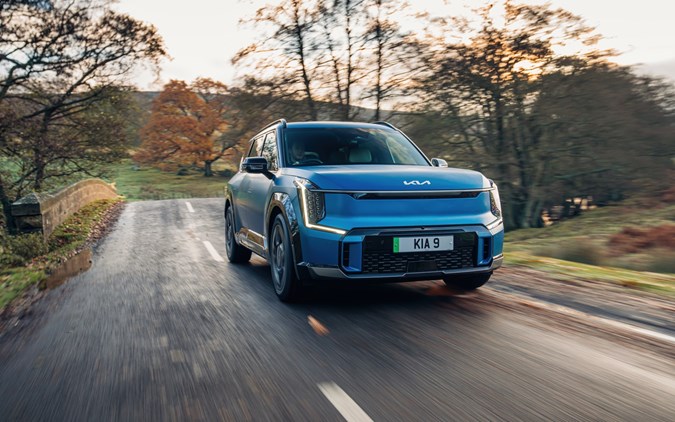
Maximise your use of regen braking, and it could be crucial in making sure you get as much range as possible out of an EV. We’ll explain more about how you do that a bit later.
What does regenerative braking feel like?
We said earlier that regen braking has the effect of amplifying a car’s braking force. What do we mean by that? Press the brake pedal in a car with regen braking and it’ll slow down more forcefully than you might expect for the amount of pressure you’re putting on the pedal.
Regen braking can also kick in when you simply lift off the throttle. At that point, it may feel like the brakes have been applied to maintain the car’s speed – as you might do when going downhill. The car may even slow down.
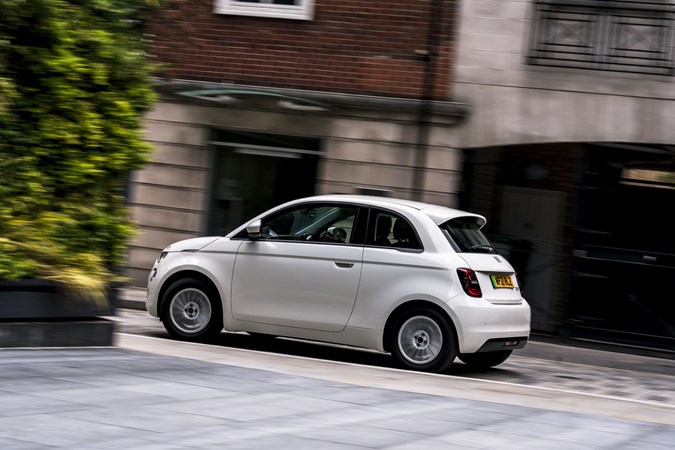
Regen braking can feel rather strange if you’ve not experienced it before, maybe even a bit disconcerting. And that means it could take a bit longer to get acclimatised to a car with regen braking than a car without it.
How can I maximise generative braking?
Most electric cars, and many plug-in hybrids, have several levels of regen braking. These vary the force of the system and therefore the amount of electricity it generates, and how much it slows the car down.
The lowest level of regen braking may only generate a trace amount of electricity and no noticeable braking. But the highest level could generate several miles of extra range over the course of a journey, and allow ‘one-pedal’ driving.
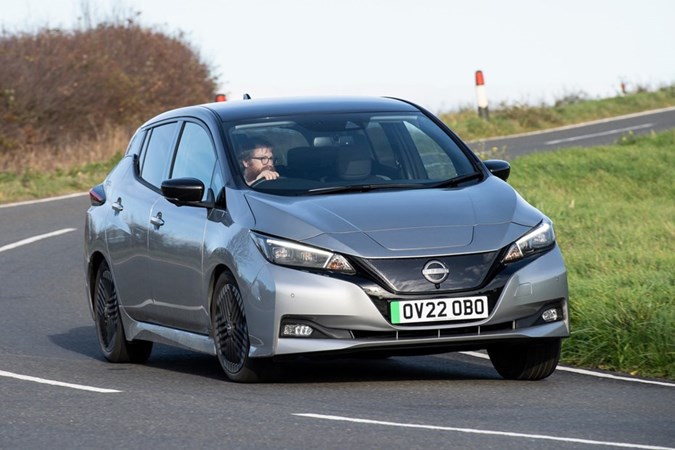
What’s one-pedal driving? That’s when the regen braking operates at maximum force when you lift off the throttle, slowing the car down as if you’d pressed the brake pedal with some force.
With a bit of familiarisation, you’ll find it’s possible to speed up and slow down as much as needed just by pressing and lifting off the throttle pedal. The brake pedal itself may only be needed for an emergency stop. It’s a very efficiency way of driving, so the car’s battery charge will last longer. Mastering it’s really rather satisfying, too.
Just so you know, we may receive a commission or other compensation from the links on this website - read why you should trust us.


